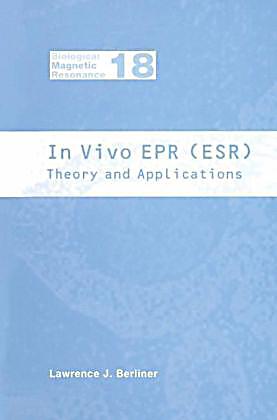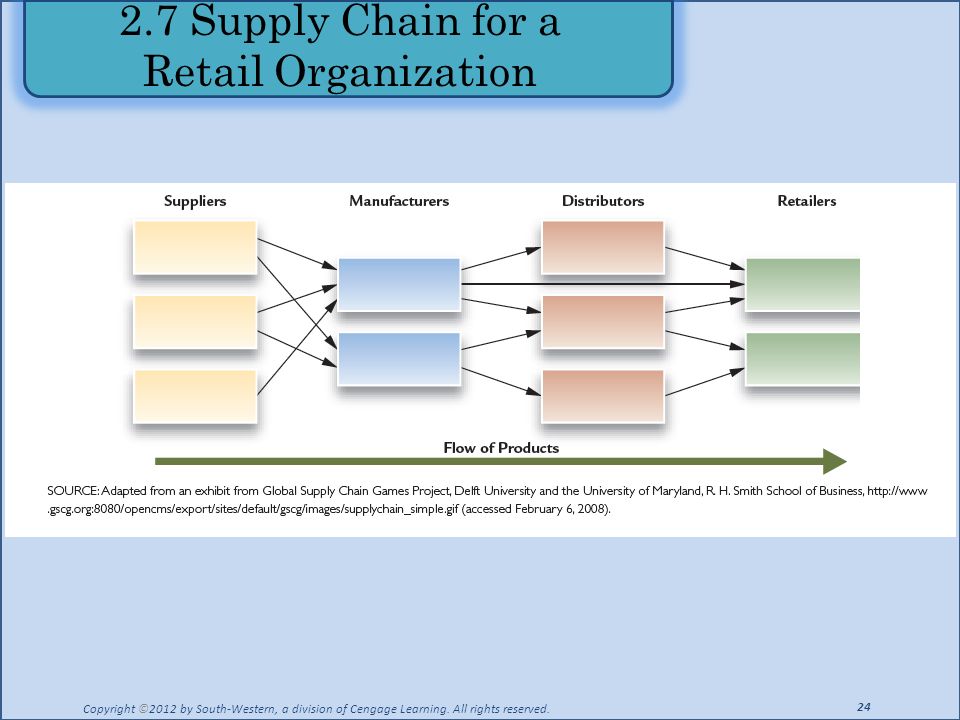Note: Citations are based on reference standards. However, formatting rules can vary widely between applications and fields of interest or study. The specific requirements or preferences of your reviewing publisher, classroom teacher, institution or organization should be applied. Principles of Pulse Electron Resonance Arthur Schweiger and Gunnar Jeschke. Pulse EPR (electron resonance) is one of the newest and most widely used techniques for examining the structure, function and dynamics of biological systems and synthetic materials. First about the shape of the electron. Nature produces an electron when the free neutron decays. See my answer to the question Are there any other subatomic particles besides electrons and protons that have charge? The product of the decay is th Alternative formats. All data below are available with an Open Data Commons Open Database License. You are free to copy, distribute and use the database; to produce works from the database; to modify, transform and build upon the database. Principles and Applications of Electron Resonance Spectroscopy by Prof. Ranjan Das, Department of Chemical Sciences, Tata Institute of Fundamenta ABSTRACT: Electron spin resonance (ESR) spectroscopy has contributed significantly to the identification and characterization pf impurities associated with clays, Following a brief discussion of the general principles of the technique, a review is given of the application of Electron spin resonance (ESR) spectroscopy is a very powerful and sensitive method for the characterization of the electronic structures of materials with unpaired electrons. Each electron possesses an intrinsic moment that arises from its spin. 1 In most systems electrons occur in pairs such that the net moment is zero. Hence only species that contain one or more unpaired electrons possess the net Several native point defects in MoS 2 are theoretically studied, using firstprinciples simulations. The isotropic gvalues of these defects are computed, and compared to recently reported experimental results, obtained from electron spin resonance experiments performed on MoS 2 layers synthesized by the sulfurization of Mo films. We tentatively assign the observed electron spin resonance. Magnetic resonance techniques, and in particularly electron spin resonance (ESR), are very powerful and frequently used for probing the oxidation and coordination environment of transition metal. Principles of Pulse Electron Resonance: : Principles of Pulse Electron Resonance 1st Edition. Fourier transform EPR, relaxation measurements, electron spin echo envelope modulation, pulse electronnuclear double resonance, pulse electronelectron double resonance, and transient nutation are all. Spin Resonance Spectroscopy: Principles and Applications presents the principles, recent advancements and applications of nuclear resonance (NMR) and electron resonance (EPR) in a single multidisciplinary reference. Spin resonance spectroscopic techniques through NMR and EPR are widely used by chemists, physicists. The technique of electron spin resonance may be regarded as a fascinating extension of the SternGerlach experiment. In one of the most fundamental experiments on the structure of matter, Stern and Gerlach showed that an atom with a net electron moment. Page ID; Contributors; An important method of studying radicals is electronspin resonance (ESR) spectroscopy. The principles of this form of spectroscopy are much the same as of NMR spectroscopy, but the language used by the practitioners of these two. Firstprinciples simulations have been used to investigate the electron spin resonance gfactors of Ge Pb0 and Pb1 danglingbond centers of germanium rich SixGe(1x)On alloys. The computed values and the relative orientation of the dangling bond orbital have been compared to experimental results, allowing for the identification of a Ge Pb1 type center at (100)SixGe(1x)SiO2 interfaces. Principles of Pulse Electron Resonance. Arthur Schweiger, Gunnar Jeschke. Oxford University Press, relaxation measurements, electron spin echo envelope modulation (ESEEM), pulse electron nuclear double resonance (ENDOR), pulse electronelectron double resonance (ELDOR), transient nutation, and a number of advanced techniques. Electron spin resonance (ESR) Spectroscopy has recently undergone a major innovative advance, which is described by the magical phrase pulsed ESR. To the spectroscopist who rubs this Aladdin's lamp there now opens up the mysterious world of spin acrobatics with. Pearson offers special pricing when you package your text with other student resources. If you're interested in creating a costsaving package for your students, contact your Pearson rep. The work is protected by local and international copyright laws and is provided solely for the use of. electron resonance, EPR, or electron spin resonance, ESR. The technique depends on the fact that certain atomic systems have a permanent moment. The energy levels of The Physical Principles of EPR, by Pake and Estle. An excellent elementary introduction. After a general introduction to the subject of electron spin resonance, Professor Atherton moves on to discuss the factors determining the transition frequencies, such as the eigenvalues of. Principles of electron resonance The purpose of this lab is to understand the principles of electron resonance (EPR), and learn the techniques used. You have free access to this content Principles of electron spin resonance: By N M Atherton. Ellis Horwood PTR Prentice Hall. HB Electron Spin Resonance Lab 2 organic compound is a relatively stable free radical which has an unpaired valence electron at one atom of the nitrogen bridge which is the source of the of this compound. This is a textbook intended for graduate students who plan to work in nuclear resonance or electron spin resonance. The text describes the basic principles of resonance, steadystate and pulse methods, the theory of the width, shape and position of spectral absorption lines as well as the theory of relaxation times. ELECTRON SPIN RESONANCE SPECTROSCOPY INTRODUCTION AND INSTRUMENTATION Dr. Principles of Surface Plasmon resonance (SPR) used in Biacore systems Duration: 3: 48. Basic Principles of Electron Spin Resonance 11 INTRODUCTION The technique of electron spin resonance may be regarded as a fascinating extension of the SternGerlach experiment. In one of the most fundamental experiments on the structure of matter, Stern and Gerlach showed that an Electron spin resonance spectroscopy (ESR) or electron resonance (EPR) is a technique for studying chemical species that have one or more unpaired electrons, such as organic and inorganic free radicals or inorganic complexes possessing a transition metal ion. NPTEL Syllabus Principles and Application of Electron Resonance Video course COURSE OUTLINE In this course, it is proposed to give a good foundation to the COURSE OUTLINE: In this course, it is proposed to give a good foundation to the underlying principles and simple applications of Electron Resonance (EPR) Spectroscopy, along with a detailed exposition of the EPR spectrometer and how to record and analyze simple EPR spectra. Electron Resonance (EPR), also called Electron Spin Resonance (ESR), is a branch of resonance spectroscopy which utilizes microwave radiation to probe species with unpaired electrons, such as radicals, radical cations, and triplets in. Electron resonance, otherwise known as Electron Spin Resonance (ESR) is a spectroscopic technique similar to NMR, but uses unpaired electrons instead. Materials for which this can be applied are much more limited since the material needs to. Principles of resonance imaging A. Rodrguez Nucleus Spin Relative sensitivity ratio In particular, the proton, the electron and the neutron all have I 12. Consider a nucleus within a constant eld B. Electron spin resonance (ESR) spectroscopy, also referred to as electron resonance (EPR) spectroscopy, is a versatile, nondestructive analytical technique which can be used for a variety of applications including: oxidation and reduction processes, biradicals and triplet state molecules, reaction kinetics, as well as numerous. Pulse electron resonance enjoys increasing popularity among scientists investigating structurefunction relationships in life sciences and materials science, yet a systematic overview of This book closes the gap and addresses both young and experienced scientists interested in this. Basic principles Electron resonance (EPR) Electron spin resonance (ESR) spectroscopy Same underlying physical principles as in nuclear resonance (NMR) One unpaired (free) electron: Zeeman effect. Electron Spin Resonance (ESR) also known as Electron Magnetic Resonance (EMR) or Electron Resonance (EPR) is a branch of absorption spectroscopy in. Principles and Applications of Electron Resonance Spectroscopy Online Course Video lessons by Prof. Video Tutorials are downloadable to watch Offline Principles and Applications of Electron Resonance Spectroscopy Other, Ranjan Das. 0( 0 REVIEWS ) Electron Spin Polarisation: Example of spinpolarised. ELECTRON SPIN RESONANCE (ESR) Electron Spin Resonance (ESR), often called Electron Resonance (EPR), is similar to Nuclear Magnetic Resonance (NMR), the fundamental difference being that ESR is concerned with the induced splitting of electronic spin states, while NMR describes the splitting of nuclear spin states. principles of electron resonance (Frontiers in physics) either load. As well, on our website you may reading manuals and another artistic books online, either download their. We like attract your and scientific papers in all aspects of resonance, electron resonance (EPR). Principles of electron spin resonance. Ellis Horwood, 1993 Medical 585 pages. What people are saying Write a review. We haven't found any reviews in the usual places. Electron resonance (EPR) spectroscopy, also known as electron spin resonance (ESR) spectroscopy, is a group of techniques used to study species that contain one or more unpaired electrons. Experiment 7 Electron Spin Resonance (ESR) 7. 1 Introduction Using ESR (Electron Spin Resonance, also known as Electron Resonance) you will be measuring one of the best known quantities in all of physics, the famous g Chapter 4 Electron Spin Resonance Spectroscopy 4. 1 Electron Spins Unpaired electrons possess a spin m s 1 2 and, if bound, an orbital angular momentum. The observation of electron spins is possible in an external eld in experiments very similar to those described for Electron Spin Resonance, ESR, is a powerful nondestructive and nonintrusive analytical method. ESR yields meaningful structural information even from ongoing chemical or physical processes, without influencing the process itself. Descriptions of each edition are found in brief where available. Click details prices to get more information on a book or to find the best prices for the title. Emilia Dana Selechi: Principles and methods of electron resonance dating and dosimetry 395 in the appearance of signals for different centers at different field strengths. Magnetic resonance, absorption or emission of radiation by electrons or atomic nuclei in response to the application of certain fields. The principles of resonance are applied in the laboratory to analyze the atomic and nuclear properties of matter. What are the principles of electron spin resonance? Answered Nov 7, 2017 Author has 70 answers and 17. First about the shape of the electron. Nature produces an electron when the free neutron decays. See my answer to the question Are there any other subatomic particles besides electrons and protons. Electron Spin Resonance (ESR) spectroscopy, also referred to as Electron Resonance (EPR) spectroscopy, is a versatile, nondestructive analytical technique based on the absorption of microwave radiation in presence of.











